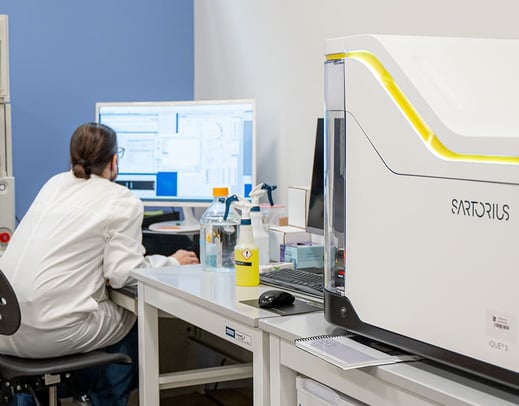
Antibody Discovery
When we undertake an antibody discovery campaign for you, our goal is to generate as many different target-specific antibodies fulfilling your requirements as possible.
Our formats include VHH, Fab, and ScFv, based on your needs.
Using three powerful coordinating technologies, we first carry out selections from our Generation 3 phage display libraries to obtain an initial pool of antibody leads with maximum diversity. We then use yeast display to narrow this down to a diverse, high affinity fully binding population, reflecting requirements for cross-reactivity, ligand antagonism or additional specificity needs. Finally, we evaluate selection outputs with next generation sequencing.


Generation 3 Platform
Specifica’s Generation 3 Library Platform has quality built in by design. Developability, extremely high diversity, and the exclusion of sequence liabilities are intrinsic to the four sub-libraries making up the Platform, each of which is based on a therapeutic antibody scaffold chosen for its biophysical properties, lack of liabilities and germline gene variety.
Diversity is all derived from natural CDR sequences: HCDR3s are amplified directly from purified B cells, while replicated natural CDRs, derived from Specifica’s databases, are used for the rest. The same unique HCDR3 diversity can be repackaged into different formats, including VHH, scFv and Fab. In the case of scFv and Fab, libraries can also be made with common light chains as well as traditionally.
Why Generation 3?

Generation 3
- B cells purified from Leukopaks
- Amplification of B cell HCDR3s
- 5 of 6 CDRs replicated natural
- Developable clinical scaffolds
- All but HCDR3 sequence liabilities purged
- NGS quality control
- HCDR3 diversity >108

Generation 2
- B cells purified from Leukopaks
- Amplification of VH / VL
- Individual primer pairs
- Biased towards better V genes
- Sequence liabilities at natural frequencies
- NGS quality control
- HCDR3 Diversity: 107-8

Generation 1
- Non purified peripheral B cells
- Amplification of VH / VL
- Pooled primers
- Unbiased V genes
- Sequence liabilities at natural frequencies
- No NGS quality control
- HCDR3 Diversity: 3×106

Next Generation Sequencing (NGS)
We use next generation sequencing throughout library construction and downstream selection output analyses. This allows us to directly measure the diversity of each exclusive library we build, to ensure it reaches our high standards.
By applying NGS to selection outputs, we are usually able to identify one hundred to one thousand different clusters. Once representative cluster sequences have been identified, gene synthesis is used to go “from sequence to clone”, allowing access to the most promising leads.
Antibody Clustering
The sequences obtained by NGS are analyzed by machine learning to group antibodies into different clusters expected to bind the same epitope. Our selected antibodies have high affinities, inherently developable biophysical properties and broad diversity, making your transition from lead to drug that much faster.
The final product can be a panel of antibodies in any format, or an extensive list of different antibody clonotype sequences you can make and test in house.
Affinity Maturation
Specifica has adapted the Generation 3 library platform to affinity mature antibodies from any source. The process involves the initial creation of phase 1 libraries based on the antibody to be matured in which HCDR1/2, LCDR1/2, LCDR3, and HCDR3 if needed, are replaced with scaffold-matching CDRs from the Generation 3 platform. This is followed by yeast display, with the best outputs after sorting for improved affinity combined in a phase 2 library.
As sequence liabilities are purged from the CDRs used, developability improvement occurs simultaneously with affinity maturation, which ranges from 10-200 fold over the starting antibody affinity.

